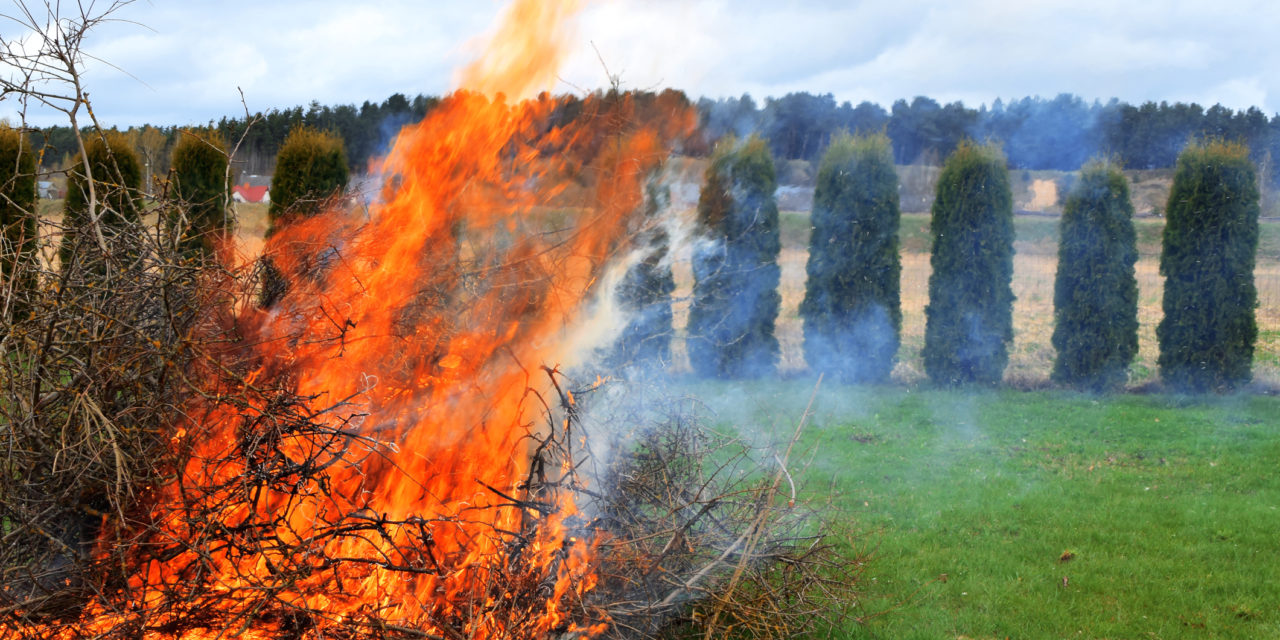Fire danger is high. Our hot, windy, dry weather creates optimal conditions for wildfire to spread. You cannot fireproof your landscape, but your plantings can reduce the risk of spreading a fire and make it easier to defend your home.
1. Reduce fuel
Remove dry grasses, dead tree limbs and brown leaves from around your home. Do not use wood mulch next to your home. Keep woodpiles and other easily combustible materials at least 30 feet from your house.
If you have scrub oak, thin it, remove diseased trees and keep limbs at least 6 feet above any other vegetation.
2. Prune Dangerous Branches
Prune any branches that touch any part of your home. Pruning prevents Ember attacks by eliminating fire ladders.
An “ember attack” can quickly spread a fire from a forest to neighborhoods. Burning twigs, pinecones and leaves can travel up to a mile in high winds and ignite a fire if they land on combustible material.
“Fire ladders” let a ground fire climb to taller vegetation. A small grass fire amid unmaintained pine trees, for example, will quickly become a conflagration when dead tree limbs touch the dried grasses. At least 6 feet of space should separate grasses and shrubs from tree limbs.
In an urban-wildland interface, one must manage our urban “forest” to reduce the risk of houses catching fire.
3. Be Mindful of Materials Used on Adjacent Features.
If you are adding or replacing a deck or other attached structure, consider a less flammable material than wood.
4. Consider fire-wise plants
While all plants will burn, some are more easily ignited. Consider plants’ water and resin content and their growth habits.
For a comprehensive look at fire-resistant plant selection, see Colorado State Extension fact sheet.
5. Create Natural Fire Barriers
Use rock, gravel and stepping stones to interrupt the path of fire. These non-combustible enhancements also add interest and texture to your garden.
6. Design Landscape to Prevent Fire Spread
Plants near your house should be widely spaced, in clusters rather than dense plantings. While most herbaceous plants will not substantially contribute to fire risk, good spacing reduces risk.

 Photo Credit: Inga (iStock).
Photo Credit: Inga (iStock). 



Comment on: 6 Ways to Limit Fire Risk with Landscaping